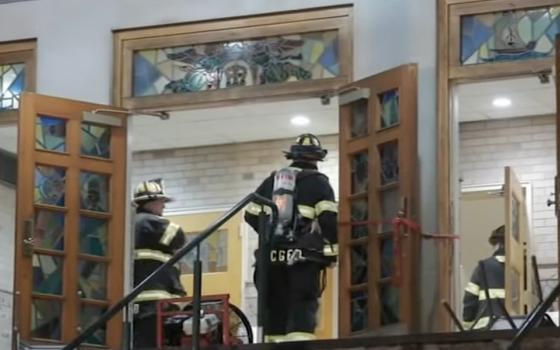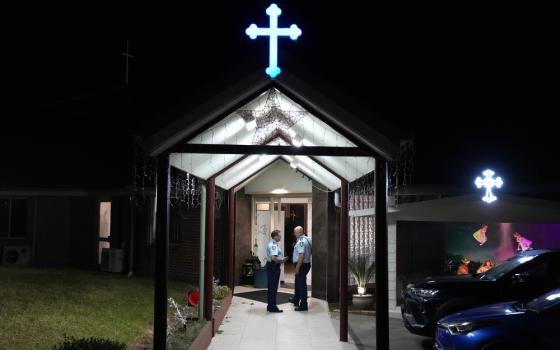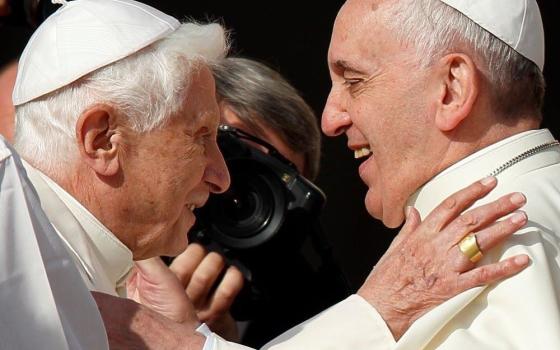
The only time that the U.S. military was used against American citizens occurred for five days in late August and early September 1921, at Blair Mountain, Logan County, W.Va. Police and strikebreakers fought coal miners who were trying to unionize. Warren Harding ordered the U.S. Army to intervene against the coal miners. Fifty to 100 striking miners were killed and almost 1,000 arrested, many of whom were tried for treason against the state of West Virginia or indicted for murder or conspiracy.
John Sayles’ 1987 film “Matewan” tells the story of part of the Blair Mountain uprising. The striking miners failed at that time but with the New Deal in 1933, United Mine Workers was formed in West Virginia.
Coal fueled the Industrial Revolution and went global in the early 20th century. Worldwide mining of soft bituminous coal is a key industry providing energy and coke for steel.
The problem for the United States and the world today is that coal is dirty, it’s expensive, and modern coal mining devastates the environment and the communities that surround it. Coal mining is dangerous, expensive to the consumer, and disproportionately profitable to the multinational corporations that own the coal mines or licenses to mine. The mining is highly mechanized and thus provides few jobs to local populations, though the coal companies would have you think differently.
But the greatest harm created by Big Coal, according to environmental attorney and lobbyist Robert F. Kennedy Jr., is its blow to democracy. This is America’s dirty secret.
Nowhere is this phenomenon demonstrated better than in West Virginia today, and award-winning filmmaker Bill Haney of Uncommon Productions (“The Price of Sugar”) sheds the mask covering Big Coal in his latest film, “The Last Mountain.” The film premiered at the Sundance Film Festival.
“The Last Mountain” is the story of the small community of Coal River Valley, W.Va., that takes on Massey Energy, the company that controls all the coal mining in Coal River Valley. When Massey planned to blast Coal River Mountain, the last mountain “that has not been blasted to ashes,” the community took a stand. Local activists like Maria Gunnoe and Bo Webb, whose families have lived in West Virginia for generations and who have seen their homes and communities devastated, led the fight, joined by activists from outside the state, like Robert F. Kennedy Jr. The mountain still stands.
At a recent press day here in Los Angeles, Kennedy’s outrage over the coal industry’s hidden-in-plain-sight influence demonstrated his passion for people, the environment and democracy.
One journalist said that his reaction to the film was anger, and he asked Kennedy if Big Coal was winning.
“They have succeeded in doing catastrophic damage to the state [of West Virginia]; they flattened an area the size of Delaware, 1.4 million acres over the last 10 years according to the EPA, buried 2,200 miles of rivers and streams, cut down 500 of the biggest mountains in West Virginia.
 “The problem,” Kennedy continued, “is where you see large-scale destruction of the environment of this magnitude you also see the subversion of democracy, and that is the real victory Big Coal has accomplished in West Virginia -- the disappearance of the democratic public process at the local level so that local people can no longer participate in the determination and decision of how public trust assets, like air and water, are allocated.”
“The problem,” Kennedy continued, “is where you see large-scale destruction of the environment of this magnitude you also see the subversion of democracy, and that is the real victory Big Coal has accomplished in West Virginia -- the disappearance of the democratic public process at the local level so that local people can no longer participate in the determination and decision of how public trust assets, like air and water, are allocated.”
Regarding the film, Haney told journalists, “My essential reaction to what is happening in West Virginia right now is to be inspired by the community of people, people who come together to fight for our common future. It is an inspiring story about what ordinary Americans can do when they reach within themselves to find the kind of courage and character to work for change.”
Haney says that what is happening in West Virginia “is a fight about the mountain, and our energy future. The fight for clean energy is a metaphor for our whole economy, a discussion about citizen democracy and media versus the corrupt relationship between corporations and politicians.”
Coal mining is nonrenewable and mountaintop blasting prevents regrowth because of the destruction of streams. Massey Energy is a serial safety offender and was recently slapped with several citations for violations in early May; the company owns the Upper Big Branch Mine where in 2010, 29 miners died as a result of unsafe practices.
“The Last Mountain” shows the huge scars and scale of human and environmental destruction with sweeping images taken from the air. It follows the work of activists, interviews politicians and Massey officials, and finally, offers a reasonable, renewable solution with a tour of the Benedictine’s Portsmouth Abbey School in Rhode Island. Here a single wind turbine supplied almost 40 percent of the school’s needs in its first year and, according to the school’s Web site (www.portsmouthabbey.org/page/2181), this has increased yearly. The town was so impressed, it installed a wind farm and now gets the majority of its fuel cheap, clean and renewable.
Haney affirms, “If you can only point out problems you fall into the trap of Big Coal’s slogan: ‘Coal is what keeps the lights on.’ But this sets up a Hobsonian take-it-or-leave-it choice: Pollute your children or stay in the dark -- this is the subtext of the slogan. But the real choice is to create a level economic playing field and watch renewable energy win, or let our political system be bought by the fossil fuel industry and let your kids be poisoned.”
[Daughter of St. Paul Sr. Rose Pacatte, director of the Pauline Center for Media Studies in Los Angeles, reviews movies for NCR.]




